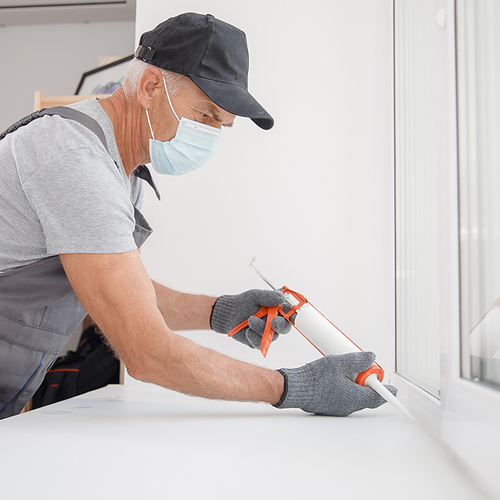Painting is a fun way to enhance any space or object. It's one of the most inexpensive investments that packs the biggest visual impact. Grab some old outfits to paint in and make a plan with the following DIY painting tips.
Many people have previously used a paint roller. The question is, did you use it right and were you pleased with your results? Perhaps, you started rolling and created a technique as you covered the wall. Perhaps, you read the “W” pattern reference as you rolled your paint onwards and upwards? There are countless of painting techniques to consider and various approaches you might take. After learning how to obtain a smooth, flawless coating of paint, you may be ecstatic to paint everything!
It is normal to face issues including places with less paint, a build-up of paint ridges, roller markings and painter’s tape removal problems when you are first starting out. Discovering the preferred techniques may help you achieve terrific results. One more mistake is cheaping-out on low-quality paint equipment.
Don’t derail your paint project from the beginning by opting for lousy equipment. Stay away from painting gimmicks and additional items that you don’t really need. We recommend choosing a pro set up that you can rely on for years for less than twenty bucks. Purchase a sturdy roller frame that features impressive construction. Add a 48-inch wooden handle for $3 to extend your reach and provide additional control. A threaded broom handle can be utilized in place of the wooden handle. Your paint container is vital; avoid homeowner paint trays and opt for the contractor’s selection instead. Choose a 5-gallon pail together with the additional bucket screen that hangs on the edge for professional results.
There are many reasons the bucket and screen are superior to a paint roller pan.
First of all, the bucket holds a lot more paint. Stop the potential for spills and infinite refills. The bucket is much easier to transfer without dumping. This allows for better coverage of big areas. Avoid drying the paint out whenever you stop for breaks by just placing a damp towel over the bucket or positioning the lid back on. It is much harder to step into a 5-gallon bucket of paint or tip it over when compared to paint tray. The paint tray can make it harder and messier to load the paint roller as opposed to bucket. You can buy a clean bucket or reuse an existing drywall compound mixing pail. Include a bucket screen and you will be ready to paint!
Next, add some wool-blend sleeves and cover rollers.
Treating yourself to a higher-quality roller cover can make such a massive difference that you won’t wish to use a cheap one again. The roller sleeve or cover is one of the most vital aspects of your paint kit. You definitely will enjoy much faster and easier cleaning as soon as you use a decent paint roller sleeve. Cheaper roller covers don't hold much paint. It does take much longer to complete the paint job when you have to continually reload the paint roller. Employing an cheap paint roller can lead to built-up paint ridges, visible lap marks and layers of inconsistent paint. Are you aware that it might take you an average of 4x longer to finish the paint job when you use inexpensive roller sleeves?
Choose a half-inch nap wool blend paint roller cover for excellent results. For approximately $6, you can secure a poly/wool cover that combines polyester and wool. The blend on this cover hold the most paint and simplifies your work. This could possibly be the last roller cover you purchase with the proper cleanup and storage.
Some wool cover challenges to note include that they commonly shed fibers upon initial use. To prevent fibers, wrap the roller cover with masking tape to take the loose fibers off. You can even use a lint roller to clear away potential fuzz. Lightly rolling is the proper technique for applying paint. Applying excessive pressure when you're painting can mat down the fibers. Irrespective of which roller cover you choose, let the paint complete the work.Only apply tender pressure to ensure the paint is dispersed evenly. Whilst it may be tempting to push down on the paint roller firmer when your paint diminishes, you'll certainly be creating unattractive issues like paint ridges and marks.
Ensure all of your cutting is finished with a proper brush along the roof. Follow a working pattern and count on proper technique while the paint is wet to develop a smooth finish that you will be extremely pleased to show off. Clean up right after finishing your projects to make your product last. Build a reliable paint kit to ensure success for every DIY project.




